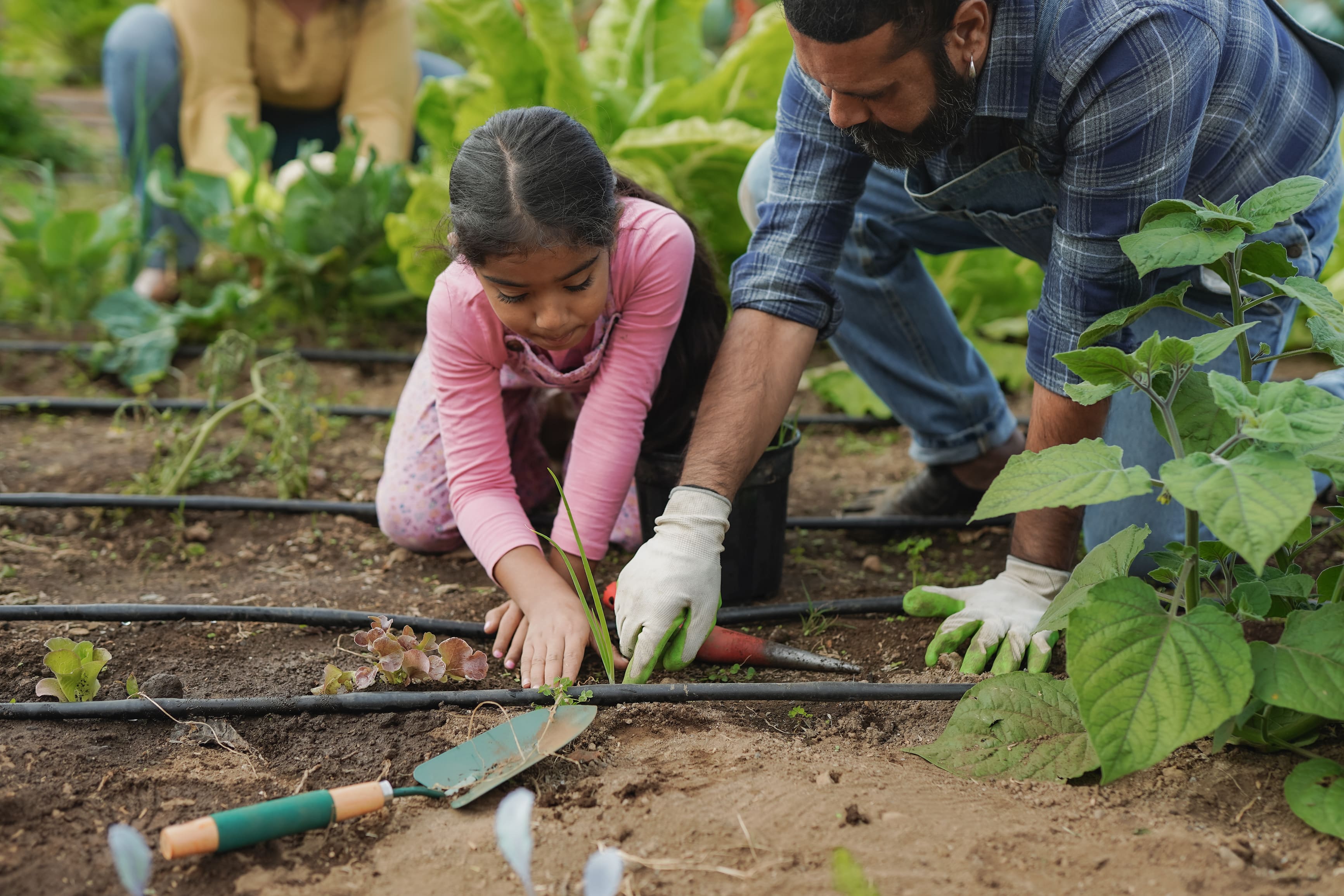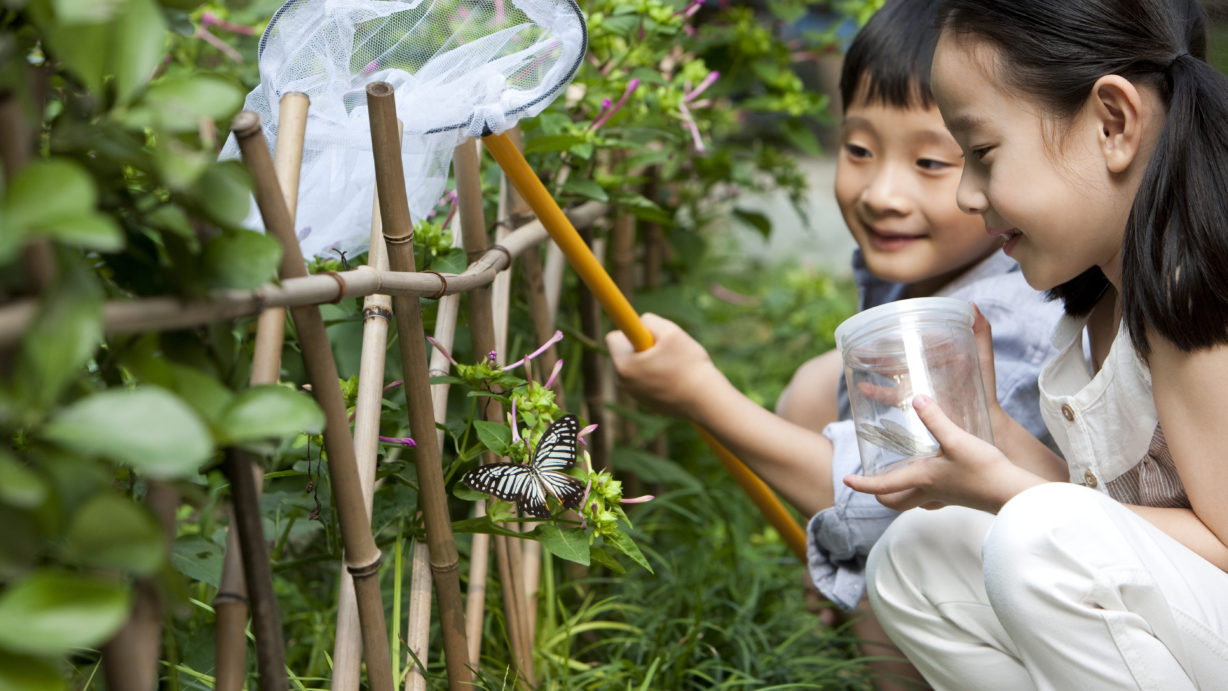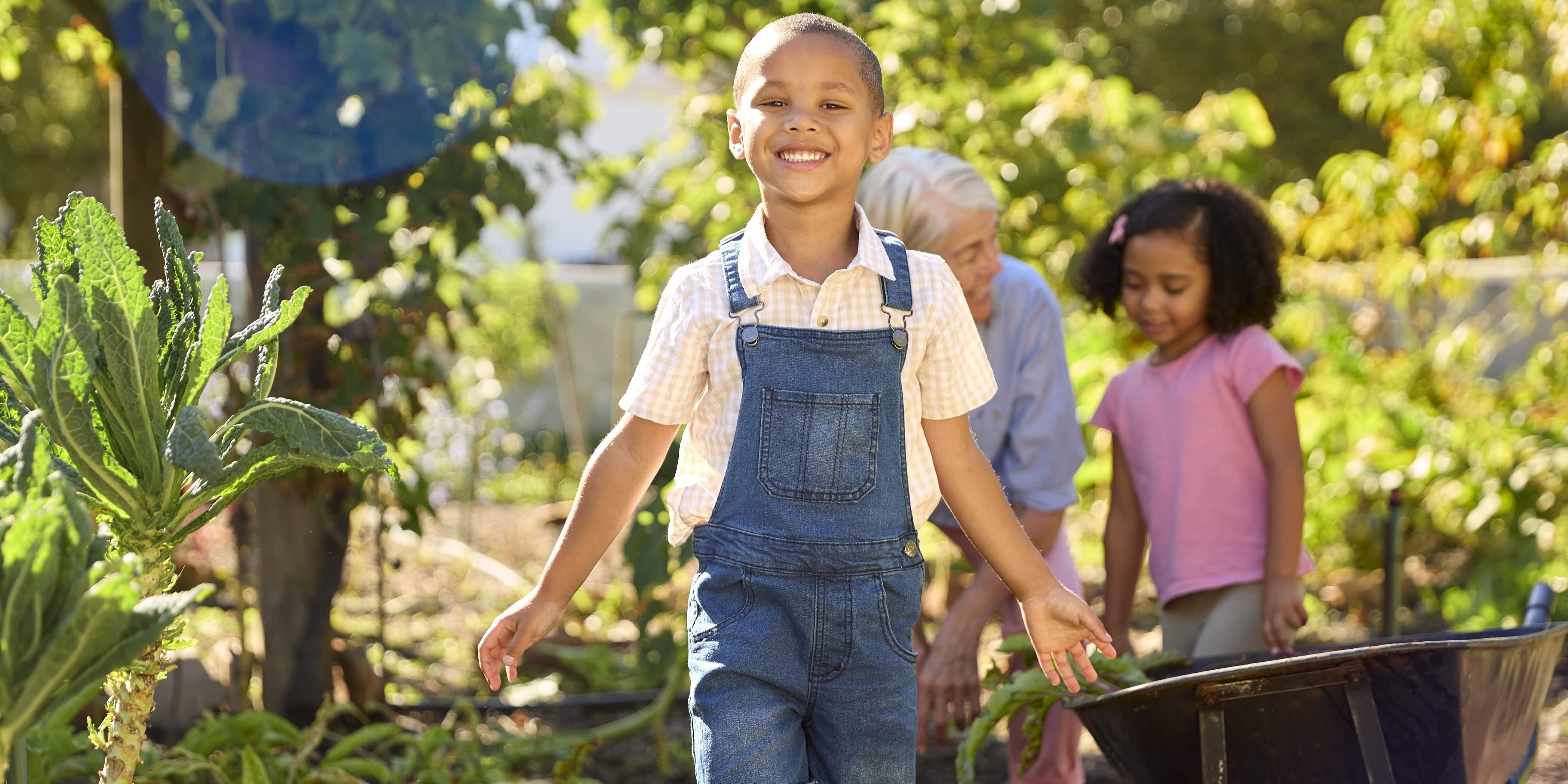Learn how to plant a pollinator garden to support bees and other essential pollinators, ensuring a thriving ecosystem and contributing to biodiversity.
Planting a pollinator garden is a wonderful way to support bees, butterflies, and other pollinating insects. These tiny creatures play a crucial role in the ecosystem, helping to pollinate the plants that produce our fruits, vegetables, and flowers. By creating a pollinator-friendly garden, you can provide essential habitats for these insects and enjoy the many benefits of gardening for kids! Here’s how you can get started and why it’s important.
The Importance of Pollinators
Pollinators are vital for the reproduction of many plants. Bees, in particular, are responsible for pollinating about one-third of the food we eat, including crops like apples, almonds, and blueberries. Without these hardworking insects, our food supply would be significantly reduced. However, pollinator populations are declining due to habitat loss, pesticide use, and climate change. Creating a pollinator garden is one way we can help reverse this trend.
Steps to Plant a Pollinator Garden
Choose the Right Plants
- Native Plants: Select native plants that are well-adapted to your local climate and soil conditions. Native plants are more likely to attract and support local pollinators.
- Diverse Species: Aim for a variety of plants that bloom at different times throughout the year. This ensures that pollinators have a steady supply of nectar and pollen from spring to fall.
- Flower Shapes and Colours: Different pollinators are attracted to different flower shapes and colours. Bees, for example, are particularly drawn to blue, purple, and yellow flowers.
Provide Shelter and Nesting Sites
- Habitat: Include a mix of shrubs, trees, and ground cover to provide shelter for pollinators. Dead wood, leaf litter, and brush piles can offer nesting sites for bees and other insects.
- Bee Hotels: Install bee hotels or create nesting sites for solitary bees by drilling holes in untreated wood. These provide safe places for bees to lay their eggs.
Avoid Pesticides
- Natural Alternatives: Use natural pest control methods instead of chemical pesticides, which can be harmful to pollinators. Companion planting and introducing beneficial insects are effective alternatives.
- Integrated Pest Management (IPM): Implement IPM practices to manage pests with minimal harm to pollinators.
Water Sources
- Shallow Water: Provide shallow water sources, like a birdbath with stones or a shallow dish, so pollinators can drink without drowning.
Maintenance
- Mulching: Use organic mulch to retain soil moisture and provide habitat for ground-nesting bees.
- Deadheading: Regularly deadhead spent flowers to encourage more blooms and extend the availability of nectar and pollen.
Understanding Bees
Bees are the most well-known pollinators, and understanding their role and behaviour can deepen your appreciation for these insects.
Types of Bees
- Honeybees: Known for producing honey, honeybees live in large colonies and are critical agricultural pollinators.
- Bumblebees: These bees are excellent pollinators of crops like tomatoes and blueberries, thanks to their ability to perform buzz pollination.
- Solitary Bees: Unlike honeybees and bumblebees, solitary bees do not live in colonies. They are efficient pollinators and include species like mason bees and leafcutter bees.
Threats to Bees
- Habitat Loss: Urban development and agricultural expansion reduce the availability of natural habitats for bees.
- Pesticides: Many pesticides are toxic to bees and can cause colony collapse disorder.
- Climate Change: Changing weather patterns can disrupt the timing of flower blooming and bee activity.
How you can Help
- Plant a Pollinator Garden: Follow the steps outlined above to create a supportive environment for bees and other pollinators.
- Support Local Beekeepers: Buy honey and other bee products from local beekeepers who use sustainable practices.
Creating a pollinator garden is a rewarding way to contribute to the health of our environment. By providing a habitat for bees and other pollinators, you can help ensure the continued pollination of many essential crops and plants. Remember, every small action counts, and your garden can be a haven for these crucial insects. Happy gardening!
Stay in the know and check us out on social media! Follow BrightPath on Facebook and Instagram for a variety of fun activities and daily inspiration.




